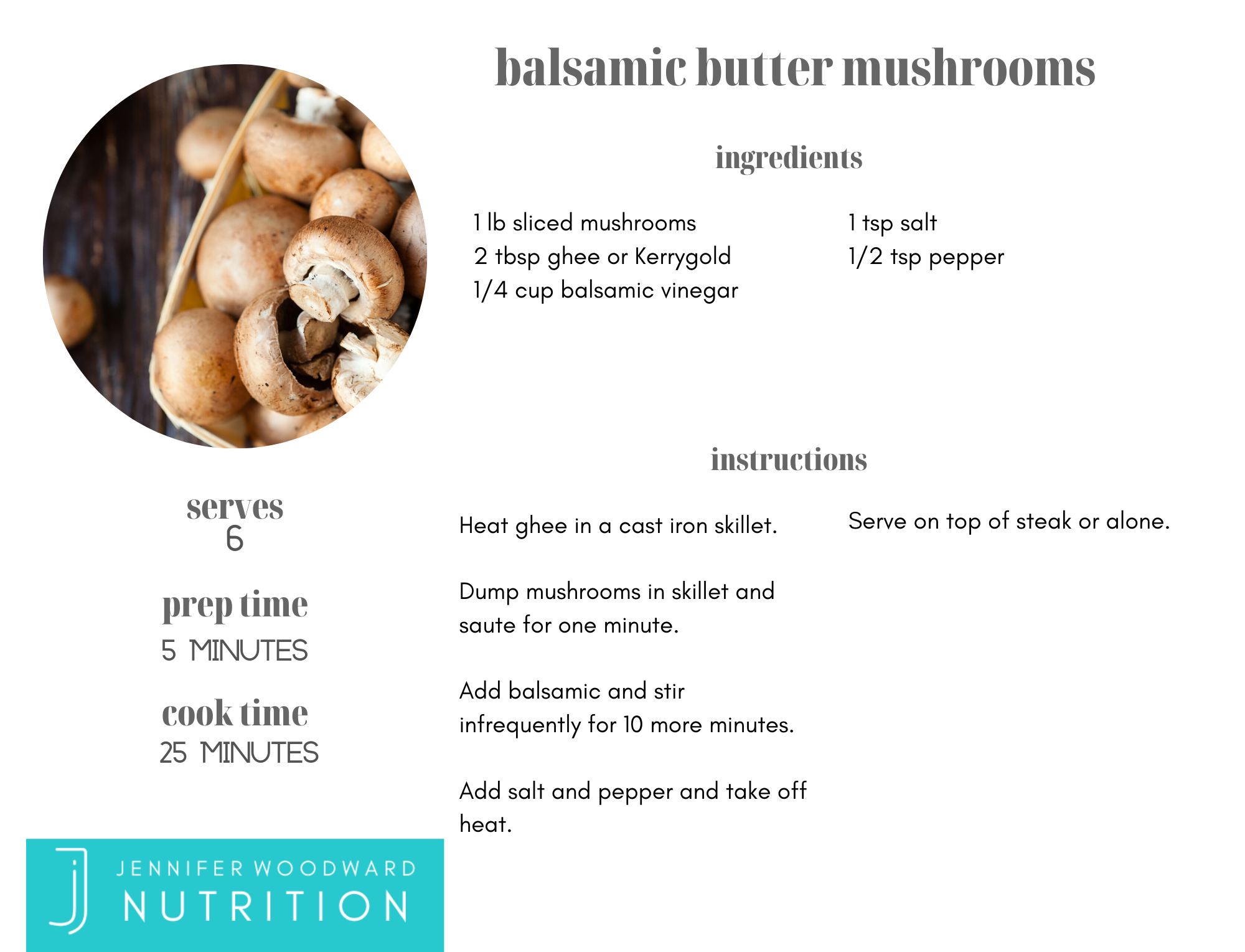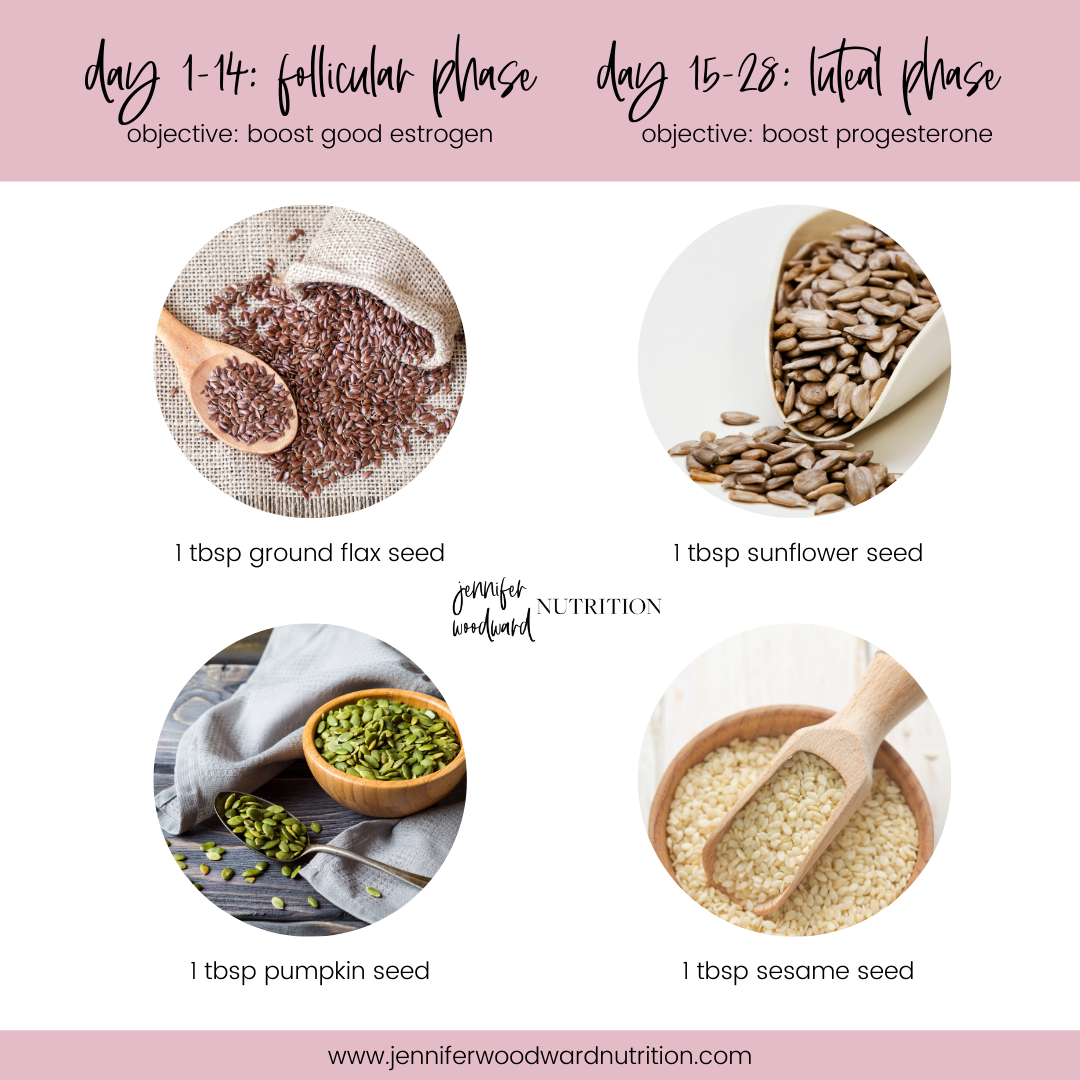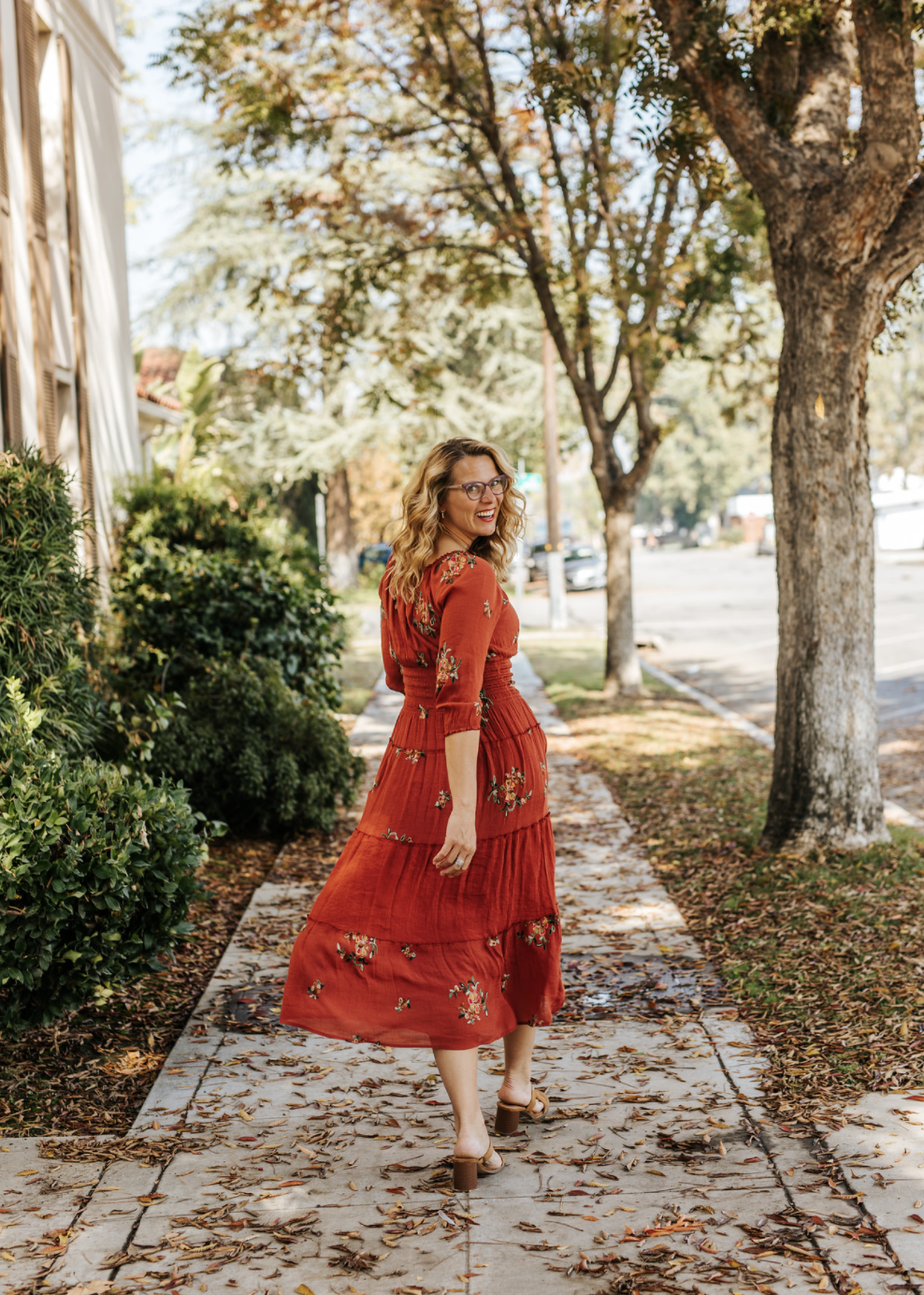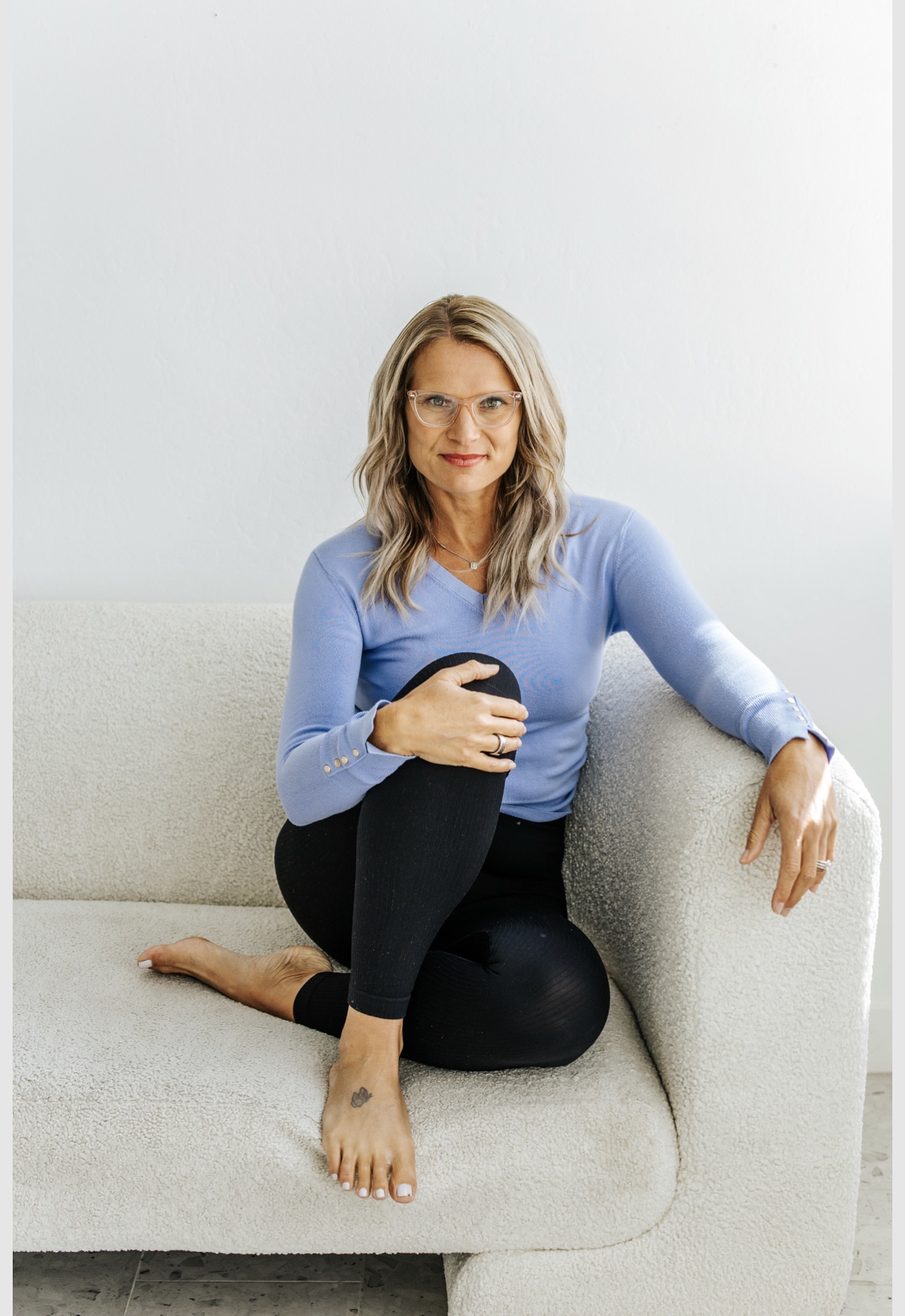Three Ways To Live Like Your Ancestors
Where are you from?
Where are your parents from?
Can you go back a little further?
Sure, you can invest in an ancestry kit like 23 and Me. But you can also just ask your parents or grandparents about your ancestors. Even that exercise seems a little more….ancestral.
It seems like interest in ancestry is more a pursuit of one’s older years. I guess I’m not too old yet, though my kids may beg to differ. A 37-year-old woman appears positively ancient to a 13-year-old girl whose life is viewed through the lens of TikTok.
I just mean that I could have cared less about my people in my teens or 20s. But around the time of my first pregnancy, my maternal grandparents made a veritable pilgrimage to Poland. I became fascinated by the information they gathered about our family lineage. Poland seemed so far away, so removed from my life in the United States. I loved hearing about how the women in Poland looked more like me than did most of my American contemporaries. I’m pretty tall at 5’11”, and my skin tends toward a darker olive color. Apparently that is more normal in Eastern Europe.
My lineage is also Czechoslovakian. If you can’t pronounce that word, you are not alone. My maiden name is Kvasnicka, also relatively unpronounceable. I learned at one point that the correct way to voice my original surname was “vaz NISCHE ka”. In ‘merica, we just said “kaz NICKa”.
My name and my people were quite Slavic. Therefore, I dove a little deeper into the culture of the ancient Slavs.
“Historians postulate that Slavic tribes arrived in Central Europe around the 6th century CE. They began to be called Poles under the rule of 10th-century prince Mieszko I, who is widely considered to be the first Polish head of state (source).”
And naturally, I wanted to see what my ancestors ate. Did it line up with foods I liked? Or that agreed with my body and digestion?
“So what did the earliest Poles and their ancestors eat? Typically, a lot of herbs and mushrooms ‒ non-hallucinogenic varieties though. Herbs such as dill, garlic, mustard and coriander were used to season soups and to add flavour to other foods (no chilli, curry or even sugar back then). Wild mushrooms were an important addition to meals in those distant times when it was necessary to supplement agricultural food stock with foraging. Dried mushrooms were most probably stocked up for the long winters as well.”
Aside from that brief stint during a more experimental time in my life, I was never too much a fan of mushrooms, magic or otherwise. In fact, my food sensitivity test shows an intolerance to mushrooms.
When I do eat them, though, I eat them like this:

And they are amazing.
Additionally, the gentle herbs and spices like the ones listed tend to do better with my digestion than super spicy or pungent flavors. Mint is one of my favorite flavors, but my food sensitivity test shows an intolerance to it. Even that may be too strong for someone with more of a more muted food ancestry such as myself.
Slavic tribes ate fairly simply, with grains and tubers as staples of the diet.
“Grains were also a menu staple. Standard grain crops of the period included millet, barley, wheat and oats. They were used to make a popular meal called bryjka. This simple dish was made from bruised grains boiled into a mush. It could be served sweet, with fruit and sometimes even honey (a rare treat!) or savoury, with herbs, salt (also precious) and possibly lard or mushrooms. Cultivated fruits included apples, pears and peaches. Plums, cherries and berries were also consumed”.
Interestingly enough, chicken was not eaten by the Slavic people.
‘They don’t eat chickens because they believe they cause a loss of strength and a red rash. They eat the meat of cows and geese, because that serves them well.’ These words by Abraham Ben Jacob, a Jewish traveller who visited Slavic territories in the 10th century, describe the meat-eating habits of the ancestors of Poles. Back then, proto-Poles also subsisted on pork, fish and game. Meat was often preserved by smoking.
Damn. I eat a lot of chicken. Even though I know that red meat is better for my body, I sometimes fall into the trap of the ease and price of poultry. Foraged and wild meat is much better for any person as it tends to be lower in unhealthy fats and void of growth hormones and antibiotics, but I live on a suburban street in California with my bathroom window looking into my neighbor’s bathroom window (both appropriately curtained, of course). There is no hunting in my forseeable future, though it is easy to use a service like EatWild to find a local source of excellent meat. Here in Bakersfield, CA, we have Red House Beef, where you have access to incredible pastured meat.
Soups were a big part of the Slavic diet. It makes sense. Poland and the Czech Republic can be pretty chilly.

photo via Unsplash by Wil Stewart
“Soups were commonly made from plants and vegetables like carrots, turnips and parsnips. A certain sour soup prepared with hogweed was called barszcz. The name (which nowadays refers to beetroot borscht) was also used to designate various other plant and vegetable soups. Barszcz is alive and well in Poland still, with many varieties available year-round: red barszcz, white barszcz or Ukrainian barszcz. Another strange soup with old roots is żurek, a broth made with fermented rye flour. It is believed that this dates back to several flour-based soups prepared by those Slavic tribes.”
The fermentation of the flour and hogweed helped to increase good bacteria in the gut, allowing for strong digestive strength.
All quoted material can be found here.
So my ancestors ate simply- meats, roots, soups, hardy fruits, boiled grains, and mushrooms.
I’ll bet your ancestors ate similarly, no matter where you hail from .
If you have Asian or equatorial ancestry, you probably ate more fresh foods since your people lived in a longitude and latitude that afforded the luxury of sun-ripened fruits and vegetables. If you’re Mediterranean, you probably do better on the nightshades like tomatoes and potatoes that other blood lines cannot tolerate. If you’re Eastern European, you probably will not fare well on light and fresh foods like kale and quinoa and berries that your ancestors never ate. These foods may mess with your digestion, like they do with mine.
It’s not that there is something wrong with my body when I eat a lot of kale and quinoa. It’s simply that I am not made to eat those foods.
How can you use this information to make wiser choices about your own diet? I’ll bet you, dollars to donuts, or zlota to kolachke, that if you better align your food choices with those of your ancestors, your digestion and hormones may even out a bit.
I think this is why the Autoimmune Paleo Protocol is so helpful for so many women. In removing many of the standard American inflammatory foods like hybridized wheat, modern dairy, conventional eggs, and processed soy, many inflammatory diseases tend to rebalance themselves.
That’s how and why I created my 28 Day Reset. It’s not too late to join! Come on in 🙂
Ancestral Way #1
The first way to live like your ancestors is because aligning your food choices with that of your lineage may help your digestion and hormones.
If you need additional support, I’ll offer the words of longevity expert Dr. Valter Longo from his book The Longevity Diet:
“A less-understood potential factor explaining the rapid worldwide increase in autoimmune diseases may involve expanding choices in a modern, globalized food supply…we suspect…that certain aspects of today’s globalized diet may trigger autoimmune responses. For example, in a study, cow’s milk consumption in children was associated with elevated autoimmunity against the pancreatic cells that generate insulin, resulting in an increased risk for type 1 diabetes.
For now, my best advice is to ‘eat at the table of your ancestors’…This means finding out where your parents and grandparents and great grandparents came from and what foods were common in those places…try to get the full list, since every component of their diet was probably selected to make up a full #nourishment diet.
The food that was common and safe at the table of your ancestors is very unlikely to be harmful to you.”
Ancestral Way #2
The second way to live like your ancestors is to observe the natural cycles found in life. Western cultures have forgotten our natural cycles. We instead tend to push harder, faster, and longer.
We use alarm clocks to rise at an unnaturally early hour.
We use technology to stay awake far past the time our circadian rhythms would naturally encourage.
We use birth control to stop our natural periods.
We use forced hot air to warm ourselves when we are slightly chilly.
We use expensive chilled air to cool down when we are slightly warm.
Look, aside from the birth control, I hold little malice against any of these conveniences. They make my life more comfortable, and who doesn’t want that?
But the farther we get from our natural rhythms, the harder it is to regulate our hormones and our moods. Just like our minds, our bodies can get confused. A sound body is just as coveted as a sound mind. Being humble enough to allow fluctuations in environment is helpful for a truly sound body. Get dirty. Go to bed early. Embrace your monthly period.
You know what I mean.
In case you don’t, I’ll share a few tips on how to do this.
Get sunlight
You’ll want to get sunlight in the morning, every morning, as early as possible.
“Natural daylight at high intensities as experienced outside buildings has previously been shown to (1) advance the timing of sleep to earlier hours, (2) affect the duration of sleep, and (3) improve sleep quality.” (source).
By getting outside early, you will begin to suppress the melatonin that makes you sleepy at the same time you set your circadian clock for the day. The earlier you get exposure to natural light, the earlier you’ll naturally be ready for bed.
What about any old light? Can’t you just wake up and turn on your bedroom lamp?
Nope.
“During the day, light intensities outside can reach illuminances up to 100,000 lx in direct sunlight and 25,000 lx in full daylight. Light intensities in closed rooms are considerably lower and standard office lighting is only ~500 lx, often lower” (source).
Bonus points if you do some ancestral-esque exercise in the morning, outside. Lift some heavy things, or walk at a gentle pace for a long distance. Get the light and get your movement at the same time.
Get moonlight
Moonlight is an excellent way to restore some gentle balance to dysregulated sleep-wake cycles and hormone issues.
“The moon is considered to be linked to the left (female) side of the brain, and most especially to the hormonal hub of the pituitary gland, as well as the uterus, breasts, ovaries and menstrual cycle. The pituitary gland is very much linked to the moon in medical astrology (Jennifer’s note: I don’t follow or endorse medical astrology) and is responsible for the release of the follicle-stimulating hormone and the luteinising hormone, both of which are intrinsic to the release of estrogen, which thickens the wall of the uterus.
Like the moon, women’s bodies follow a 28 day cycle, and syncing your own cycle to the phases of the moon was thought by many cultures to optimise fertility. “Ideally in the first quarter when the moon is waxing, the egg develops and is released,” says Fiona. “In the full moon, on the 14th day, the egg reaches maturity and is released, and at the end of the following waning period comes menstruation.” (source).
This, I guess, is a little new age-y (again, not endorsed by me). But it’s also not. It’s simply ancestral. Before indoor lighting and plumbing and double-sealed windows and deadbolts, we just kind of lived by the cycles of the sun and the moon. We had to. And naturally, our bodies followed suit. It’s not a coincidence that women have 28 day cycles, just like the moon.
Seed Cycle, don’t take Birth Control
Seed cycling is a more ancestral way to balance hormones.
“The practice of seed cycling involves rotating seeds into the diet throughout the follicular and luteal phases of the menstrual cycle, with the intention of supporting the correlating hormones. The seeds involved are high in essential fatty acids (EFAs), which are necessary for regular hormone production. The seeds can also be helpful in binding and excreting excessive hormones.
In the first half of the cycle, or days 1-14, seeds that are supportive of estrogen such as flax seeds or pumpkin seeds are ingested daily. Flax seeds contain lignans which can bind to excess estrogen in the body allowing for more efficient elimination.[3] The second half of the cycle, or days 15-30, includes seeds focused on supporting progesterone such as sunflower seeds or sesame seeds.” (source).
I’ve done it. It’s great.
Here’s how you can do it, too.

Ancestral Way #3
The third way to live like your ancestors is to ground. Earth. Connect. Whatever you want to call it. I want you to get outside, barefoot, for a period of time every day.
Especially if you deal with anxiety or depression. Close your eyes and think of your great great great great great grandmother. Picture her in an LED-lit room in rubber soled shoes, watching YouTube in a dark room during the day. Silly, right?
She was probably outside, interacting with the land. She may have strolled through the grass in bare feet, or spent some time at a lake or pond or river, having regular contact with pure, flowing water. This would have allowed her to discharge positive ions and pick up some free electrons, thereby reducing inflammation in the body.
Grounding is easy. Just go outside with no shoes and and move around a bit. Grounding has plenty of benefits:
“Grounding appears to improve sleep, normalize the day–night cortisol rhythm, reduce pain, reduce stress, shift the autonomic nervous system from sympathetic toward parasympathetic activation, increase heart rate variability, speed wound healing, and reduce blood viscosity.” (source).
Really do check out this journal article for the pictures, at least. Incredible.
I’m not a Luddite, and I don’t think everything was better in ancestral times. I do, however, think that we have lost some of the benefits of being more in tune with the natural cycles the Lord created for us.
And when I have phone calls where I am able to do so, you’ll find me barefoot and bare-armed in the backyard, strolling about the grass and soaking up the sun. ????
If you want to start working on these things today, you can grab Nourished, my self-paced program that walks you through hormone, energy, weight, and mood balance, one step at a time.
Thoughts? Let me know over on FB! Thanks, as always, for reading.





